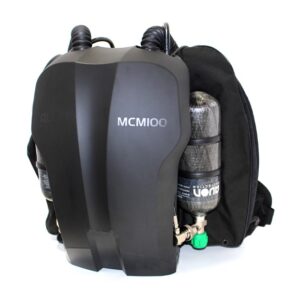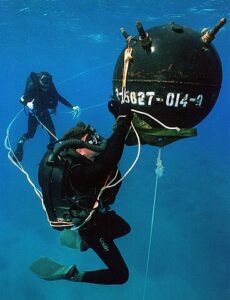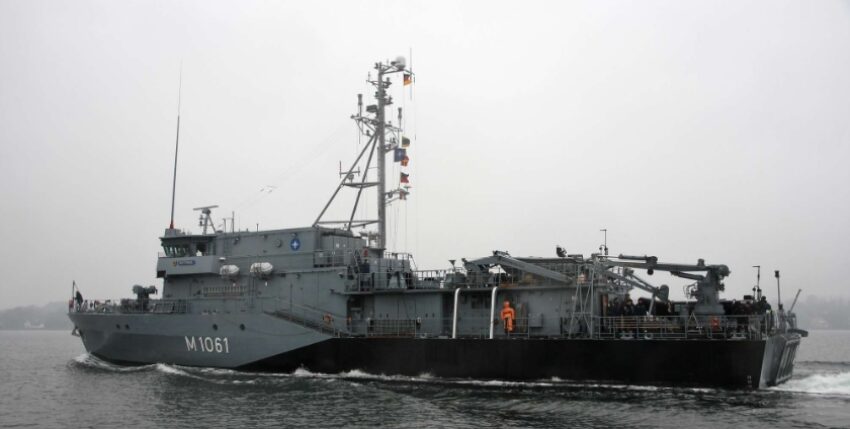In response to the tense security situation, the German Navy is reorganising its mine diver training. This will enable dives to greater depths, as the navy must be better prepared for new dangers, according to its inspector, Jan Christian Kaack. This includes the company's own divers must be able to cover the average water depths in the Baltic Sea.
Previously, mine divers were allowed to dive to depths of up to 54 metres. Now the training has been designed for a depth of 84 metres. This is roughly the depth at which the two strings of Nord Stream 1 and one string of Nord Stream 2 were destroyed in sections in September 2022. At the time, the navy had to work with external special forces to investigate.

This increase in diving depth was made possible by the introduction of a new electronically controlled mixed-gas rebreather last year, the Multi-Role Rebreather 100 for military purposes. Depending on the design, the maximum diving depth is specified as up to 100 metres.

Another innovation is situational awareness, which is now based on data collected from satellites, wind farms, research institutes, ships, radar stations and underwater sensors, both above and below water. Artificial intelligence can also be used to detect deviations more quickly - including suspiciously slow-moving ships and ships in areas where they should not be.
NDR, Defence-Network










